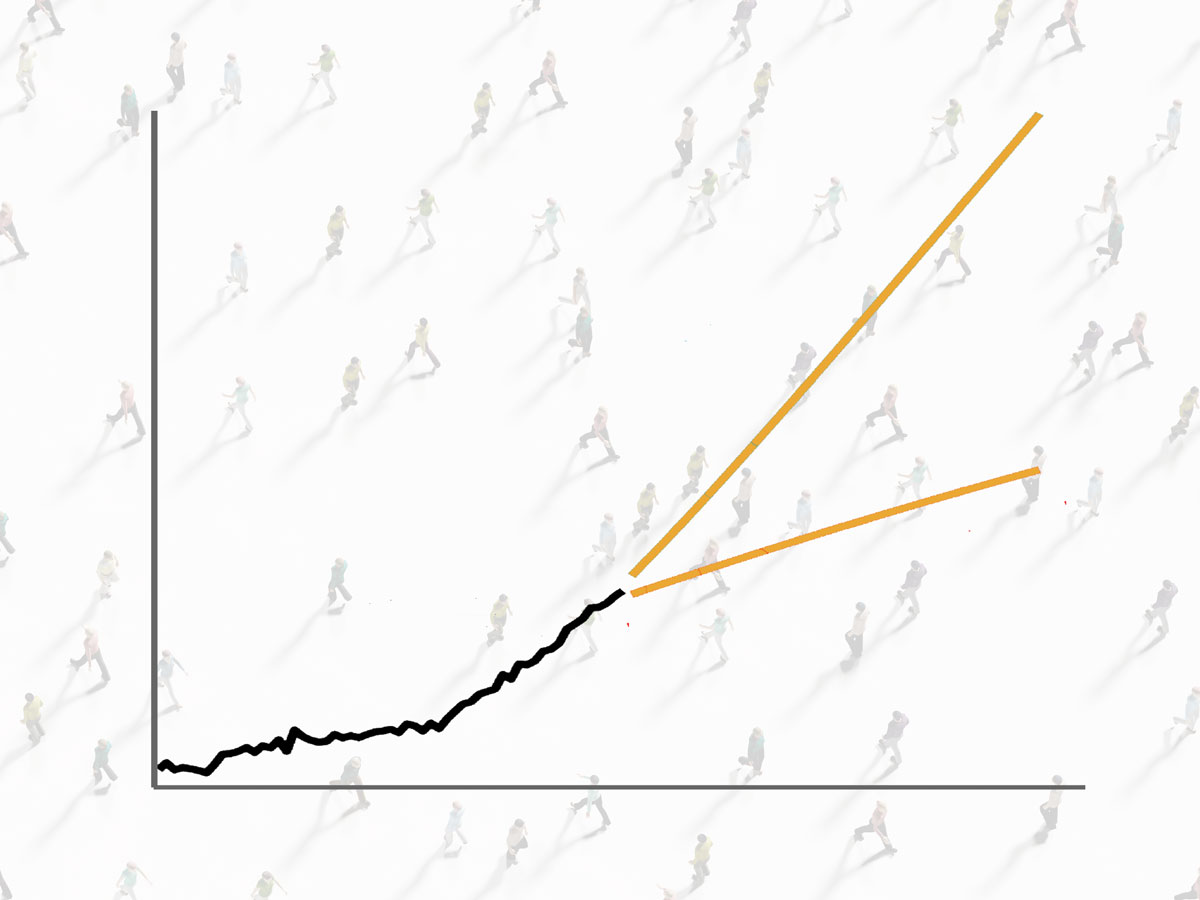THE PROJECT
People are enjoying longer and healthier lives today than in any previous generations. The current Covid-19 pandemic may slow down but not change this trend. The overall progress in the length of life is made of individual trajectories with some people having a long life while life of others is cut short. Some people live decades in pension while others die before reaching retirement age. How different are the lifespans of individuals? Life expectancy, the commonly used indicator to summarize the length of life, is a mean that does not capture the spread. In our research we capture this spread, the unobserved heterogeneity. We analyze and forecast the distributions of lifespans at older ages when most death occur.
How unequal are lifespans at older ages? How unequal will they be in the future? And what does all that mean for our pension systems?
The length of life is often summarized by life expectancy, but the mean does not capture the spread. Distributions of lifespans need to be analyzed and forecast.
This is the main focus of our evidence-based and theory-building research project «Inequalities in Lifespans before and after Retirement: Trailblazing Demographic Theory and Analysis». It is conducted by a research team from the Interdisciplinary Centre on Population Dynamics of the University of Southern Denmark in Odense, led by James W. Vaupel, the Principal Investigator, and funded by the ERC Advanced Grant scheme for a five-year period (2021–2025).
RELEVANCE
We bring to the policy and scientific debate an often-overlooked dimension of individual lifespan inequality.
With our research we bring new perspectives into discussions of raising retirement age. We rethink the fundamental theories of mortality plateau at the oldest ages and bring in novel theory-based method of forecasting mortality and lifespan distributions above age 50.
Our three main ambitions are:
- to expand discourse about pension policies by analyzing a neglected perspective, namely inequalitites in the lifespans of older individuals,
- test the hypothesis that death rates are declining at the very old ages, and
- develop a theory-driven forecasting model of mortality.


